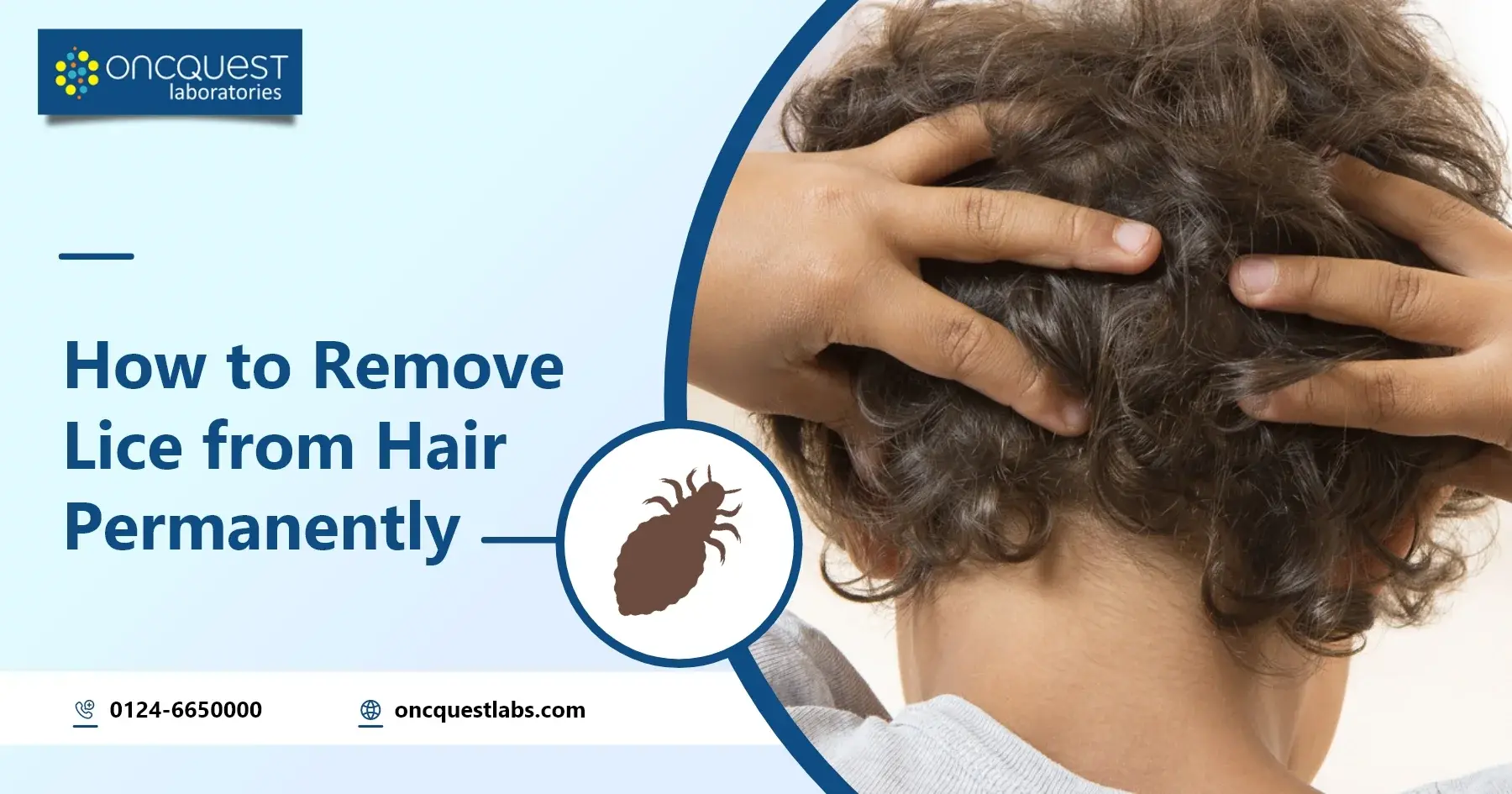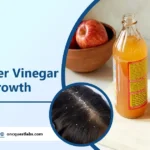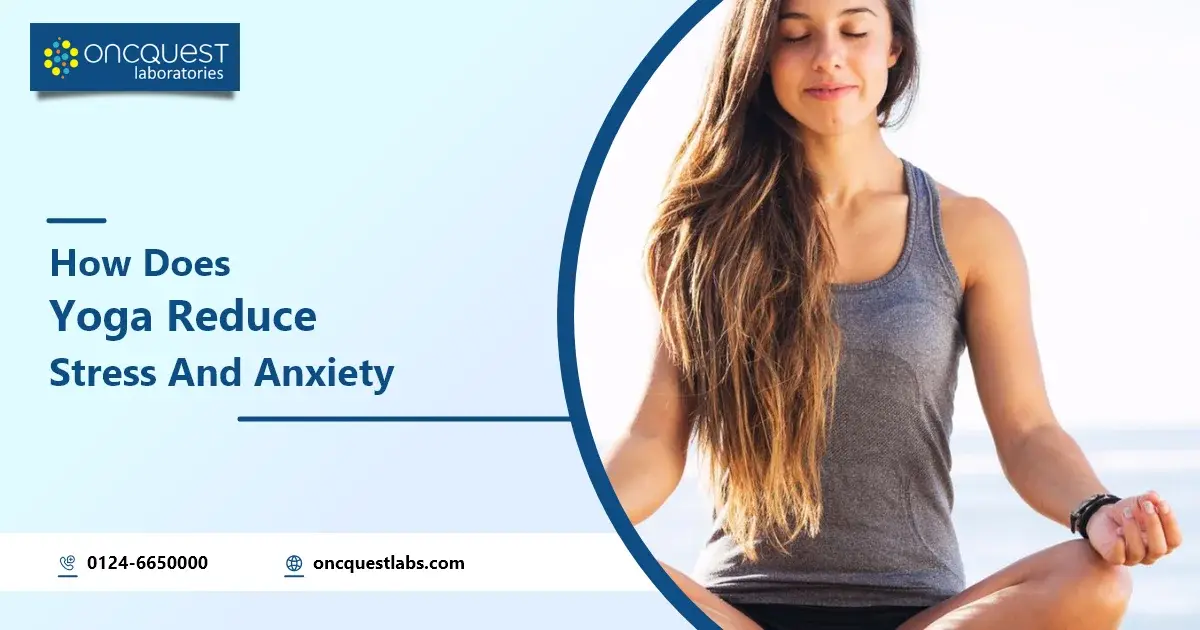Dealing with a persistent lice infestation can be a daunting task, necessitating a meticulous and strategic approach to ensure long-term relief. Lice, tiny parasites that thrive on human scalps, often prove resistant to standard treatments, making it crucial to adopt a comprehensive method for eradication. This guide will delve into effective techniques and products designed to eliminate lice while providing insights into preventive measures to sustain a lice-free environment. From specialized shampoos and natural remedies to diligent combing and household cleanliness, we will explore a multi-faceted approach to tackle these resilient pests. By combining these strategies, individuals can not only eradicate existing lice but also establish practices that minimize the risk of future infestations, promoting a healthier and lice-free scalp in the long run.
Contents
Causes of Lice
Lice infestations are primarily caused by the transmission of tiny parasitic insects known as lice. The three main types of lice that affect humans are head lice, body lice, and pubic lice. The primary causes include:
1. Direct Contact: The most common way lice spread is through direct head-to-head contact with an infected person. This often occurs in settings where people are in close proximity, such as schools, childcare centers, or during social activities.
2. Sharing Personal Items: Lice can also be transmitted through the sharing of personal items like combs, brushes, hats, scarves, and headphones. This facilitates the movement of lice from one person to another.
3. Contaminated Clothing and Bedding: Body lice infestations can arise from sharing infested clothing, bedding, or towels. These lice live and lay eggs on clothing fibers, exacerbating the infestation.
Understanding these causes is crucial for implementing preventive measures and breaking the cycle of lice transmission within communities.
Symptoms of Lice
The presence of lice on the scalp or body is often accompanied by noticeable symptoms. Common signs of a lice infestation include:
1. Itching: Persistent itching, particularly behind the ears, at the nape of the neck, or on the scalp, is a primary symptom. This itching is an allergic reaction to lice bites.
2. Red Bumps or Sores: Scratching the affected areas may lead to red bumps or sores on the scalp or body.
3. Visible Lice or Nits: Adult lice and their eggs (nits) may be visible in the hair. Nits are tiny, oval-shaped, and attached to the hair shaft close to the scalp.
4. Irritability and Difficulty Sleeping: Lice activity can cause discomfort, leading to irritability and difficulty sleeping, especially in children.
5. Tickling Sensation: Some individuals may experience a tickling sensation caused by lice moving through the hair.
Prompt identification of these symptoms is crucial for early intervention and effective treatment to prevent the spread of lice to others. Regular head checks and awareness of these signs contribute to timely management of lice infestations.
Treatment of Lice
Treating lice involves a combination of methods aimed at eliminating both the adult lice and their eggs (nits), as well as preventing a reinfestation. Here are key components of lice treatment:
1. Over-the-Counter Medications: Use specially formulated lice shampoos or creams containing active ingredients like permethrin or pyrethrin. Follow the product instructions carefully, and repeat the treatment if necessary.
2. Prescription Medications: In cases where over-the-counter treatments are ineffective, a healthcare professional may prescribe stronger medications or alternative treatments.
3. Fine-toothed Comb (Nit Comb): Regularly comb through the hair with a fine-toothed comb to remove lice and nits. Wetting the hair can make combing more effective.
4. Home Remedies: Some people opt for natural remedies like tea tree oil, coconut oil, or mayonnaise, though their effectiveness varies. Consult with a healthcare professional before relying solely on home remedies.
5. Cleaning and Disinfecting: Wash all clothing, bedding, and personal items in hot water and dry them on high heat to kill any lice or nits. Vacuuming the home and car can also help eliminate stray lice.
6. Preventive Measures: Educate individuals on preventive measures, such as avoiding head-to-head contact, not sharing personal items, and maintaining cleanliness in living spaces.
It’s crucial to follow the recommended treatment protocol, thoroughly check for remaining lice and nits, and take preventive actions to minimize the risk of reinfestation. Consulting with a healthcare professional can provide personalized advice based on the severity of the infestation.
Home Remedies for Lice
While home remedies may not be as consistently effective as over-the-counter or prescription treatments, some people opt for natural alternatives. Here are a few home remedies for lice:
1. Tea Tree Oil: Known for its antiseptic properties, tea tree oil can be diluted with a carrier oil (like coconut oil) and applied to the scalp. Leave it on for a few hours before washing it out.
2. Mayonnaise: Applying mayonnaise to the hair and covering it with a shower cap overnight is believed to smother and suffocate lice. However, scientific evidence supporting this method is limited.
3. Olive Oil: Olive oil can be used similarly to mayonnaise. Apply it to the hair, cover with a shower cap, and leave it overnight. This may help in loosening nits and lice for easier removal.
4. Coconut Oil: Like tea tree oil, coconut oil can be applied to the scalp to potentially suffocate and immobilize lice. Leave it on for a few hours before washing.
5. Vinegar: Some people use vinegar to loosen the glue that attaches nits to the hair shaft. After applying vinegar, comb through the hair with a fine-toothed comb.
It’s important to note that scientific evidence supporting the effectiveness of these home remedies is limited, and they may not work for everyone. Always consult with a healthcare professional before relying solely on home remedies, especially for persistent or severe lice infestations.
Is it Important to Seek Medical Help?
Yes, seeking medical help is important, especially in cases of persistent or severe lice infestations. While over-the-counter treatments are available, a healthcare professional can provide valuable guidance and may recommend prescription medications if needed. Here are reasons to consider seeking medical assistance:
1. Treatment Resistance: If over-the-counter treatments prove ineffective in eliminating lice, a healthcare professional can prescribe stronger medications or alternative approaches tailored to the specific situation.
2. Allergic Reactions: Some individuals may experience allergic reactions to lice bites or certain treatments. Medical guidance can help manage such reactions and recommend alternative solutions.
3. Children and Pregnant Women: Special care is often required for lice treatment in children or pregnant women. A healthcare professional can provide safe and appropriate recommendations for these populations.
4. Pre-existing Health Conditions: Individuals with pre-existing health conditions may need tailored advice to ensure that lice treatments do not interfere with their medical conditions or medications.
5. Recurrent Infestations: If lice infestations persist or recur frequently, a healthcare professional can help identify potential causes and provide preventive strategies to break the cycle of infestation.
While home remedies and over-the-counter treatments may be suitable for mild cases, consulting with a healthcare professional ensures a comprehensive and personalized approach to lice treatment, reducing the risk of complications and promoting effective resolution.
Wrapping Up
In conclusion, addressing lice infestations requires a multi-faceted approach involving proper treatment, preventive measures, and, in some cases, consultation with a healthcare professional. Over-the-counter and prescription medications, coupled with diligent combing, offer effective ways to eliminate lice and nits. Maintaining a clean environment, avoiding personal item sharing, and educating others can help prevent reinfestations.
While home remedies may be considered, their efficacy varies, and medical advice should be sought for persistent or severe cases. Recognizing the symptoms early, such as itching, visible lice or nits, and irritability, enables timely intervention.
Remember that each individual may respond differently to treatments, so patience and consistency are key. By combining proper lice removal techniques with preventive measures, individuals can achieve a lice-free scalp and contribute to a lice-resistant environment. If challenges persist, consulting with a healthcare professional ensures tailored guidance for a successful resolution.




![Blood Test for Hair Loss [Male/Female] Blood Test for Hair Loss](https://oncquest-blog.s3.ap-south-1.amazonaws.com/blog/wp-content/uploads/2023/12/12044200/Blood-Test-for-Hair-Loss.webp)
